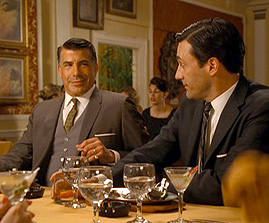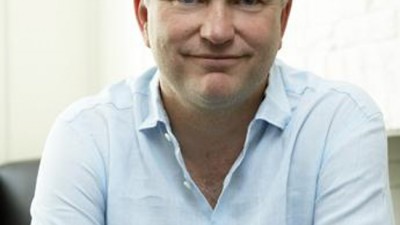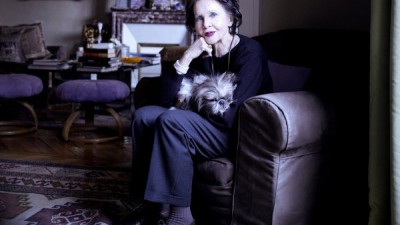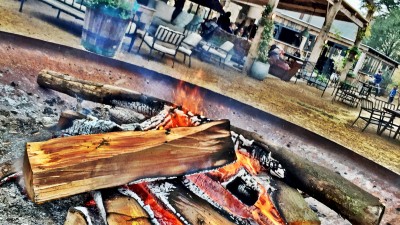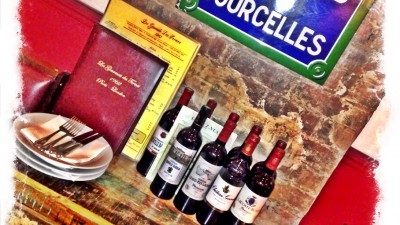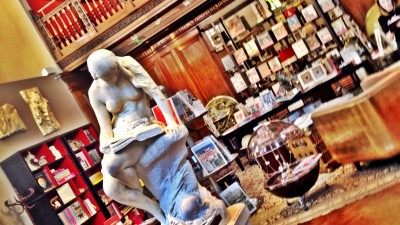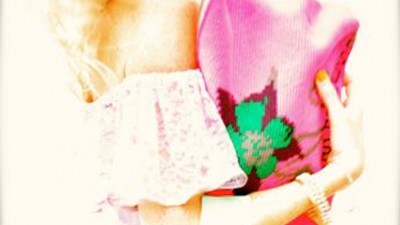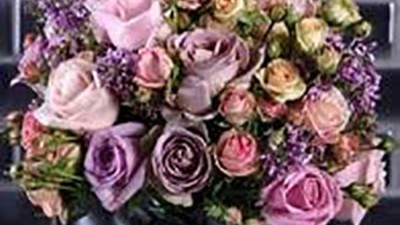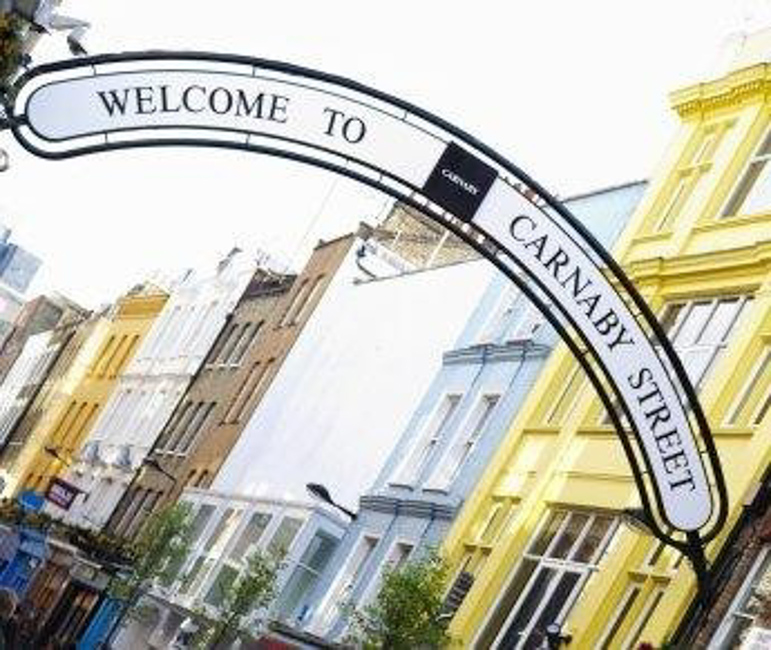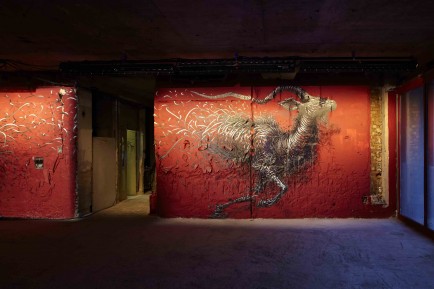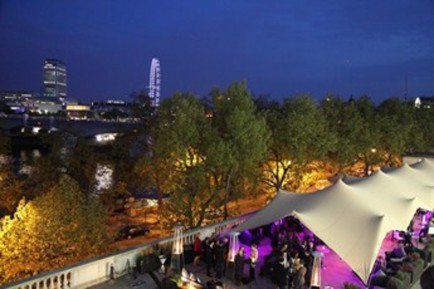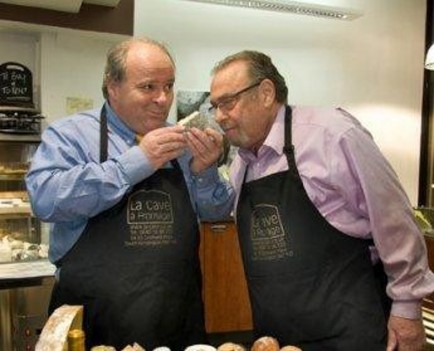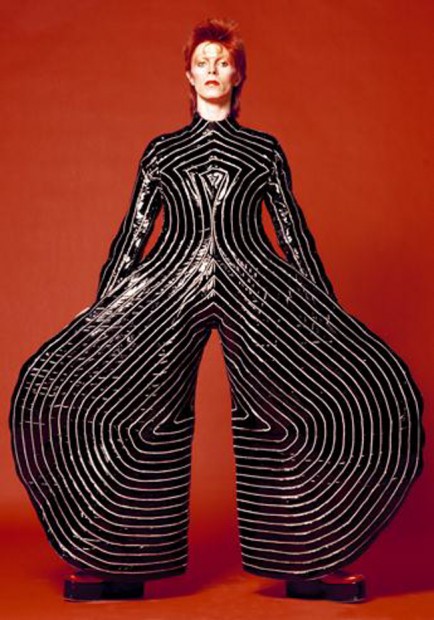Carnaby Street might be perceived -with good cause- as a bit of a tourist trap. Yet, the pedestrian shopping area, which celebrates this year its 50th anniversary as an independant fashion centre, remains an iconic destination for anyone interested in the Sixties, with its history currently celebrated in an exhibition about its status as the symbol of Swinging London.
In the 16th century, the Carnaby area was made of open fields used by the Court as a hunting ground. Because the huntsman used the cry “So-o” rather than “Tally-o”, the area became subsequently known as Soho Fields. Its boundaries were Oxford Street, running east to west, and Swallow Street, running north to south on the line of Regent Street, as well as a small lane to the east, which later became Kingly Street.
Following the plagues of the mid 17th century and the Great Fire of 1666, the pressure to build increased, with landlord Richard Tyler starting the development of the area by building a large house in 1683 called Karnaby House, followed by the first houses of Carnaby Street, which was laid out between 1685 and 1697, with its name derived from the house. Meanwhile, Major Foubert, a French Huguenot émigré, established the Royal Riding Foubert’s Academy on the south side of Tyler Street, now Foubert’s Place. A market was developped in the 1820s to provide the surrounding streets.
Most of the original houses built in the 17th century were rebuilt in the 1720s, but a few of the original buildings still remain, at 17 Newburgh Street, 10-12 Ganton Street and 7-8 Kingly Street. One of the area’s most famous residents was early 19th century painter, poet and printmaker William Blake, renowned for its powerful imagery of the plague and documentation of social injustices.
The Symbol of Swinging London
1958 marked the beginning of Carnaby Street as a leading fashion epicentre, with the opening of its first boutique -“His Clothes”- by fashion entrepreneur John Stephen (later known as “The King of Carnaby Street”, with a plaque to his name that can be found in 1 Carnaby Street). It was soon followed by other iconic shops such as “I Was Lord Kitchener’s Valet” and “Mr. Fish”. Using the skills of the established Soho rag trade, Carnaby Street became known as the best place to find super trendy but inexpensive clothes, with many innovative designers like Mary Quant opening shops in the street.
First linked with the show business clientele of neighboring clubs and theatres, Carnaby Street soon became synonymous with the Mod fashion phenomenon, with working class young men flocking to its shops in search of sharp suits, followed by Hippies and party girls attracted by its new boutiques selling kaftans, mini dresses and tee-shirts emblazoned with counter-culture slogans.
With nearby underground music bars such as The Roaring Twenties and the Marquee Club, Carnaby Street attracted bands like The Beatles, The Rolling Stones or The Who, who came to the area to work and socialize. In April 1966, the American magazine Time proclaimed on its front cover “London, the Swinging City”, with Carnaby Street described as its epicentre. Today, this image still endures: in an episode of The Simpsons, Bart and Lisa are seen emerging from Carnaby Street dressed as Mods.
Today, more than 60% of the 135 stores in the area are independent, with new design talent and concepts nurtured in Kingly Court and The Newburgh Quarter.
“Carnaby Street, 1960-2010”: the exhibition
To celebrate Carnaby Street’s 50th anniversary, a number of events are being organized throughout the year, the first of which is the current exhibition “Carnaby Street: 1960-2010”, which puts into context the history of Carnaby from its earliest origins in the 16th Century to the present day with a focus on the 1960s. The central feature of the show is a unique 3D timeline which illustrates key people, events and happenings in the area from being a green field site with a well and a scarecrow 500 years ago, to the iconic characters associated with Carnaby’s music heritage such as The Rolling Stones, Sex Pistols and Jimi Hendrix. The limited edition book features images from ‘60s photographer Philip Townsend and exclusive interviews with people who have lived and worked in Carnaby including The Who’s Pete Townshend. Historical exhibits, many revealed for the first time, include items borrowed from The Museum of Soho and pictures sourced from The Museum of London, Victoria & Albert Museum, Getty archive and private collections amongst others. The heritage material is displayed alongside newly commissioned artwork by documentary photographer Syd Shelton and illustrator Alice Smith. A short film by James Norton, commissioned for the anniversary, presents archive film footage.
“Carnaby Street: 1960-2010”, 38 Carnaby Street, W1 (Oxford Circus), until 11th April 2010.

